FRAGRANT FLOWERS FOR HOMEGROWN BOUQUETS
Picking and arranging flowers from your own garden is a simple pleasure with big rewards. Other flowers just can't compete with the beauty of blossoms that are picked at their peak and arranged with your own special touch.
To ensure you have a plentify supply of blooms, grow a wide variety of different types of plants, including shrubs, perennials, annuals and bulbs. This will give you months of cut flowers, from spring through fall. Fragrant flowers add another level of enjoyment. Here are 11 fragrant, easy-to-grow flowers that will make your home grown bouquets smell as good as they look!
To learn more about adding fragrance to your yard and garden, read How to Design a Fragrant Garden.
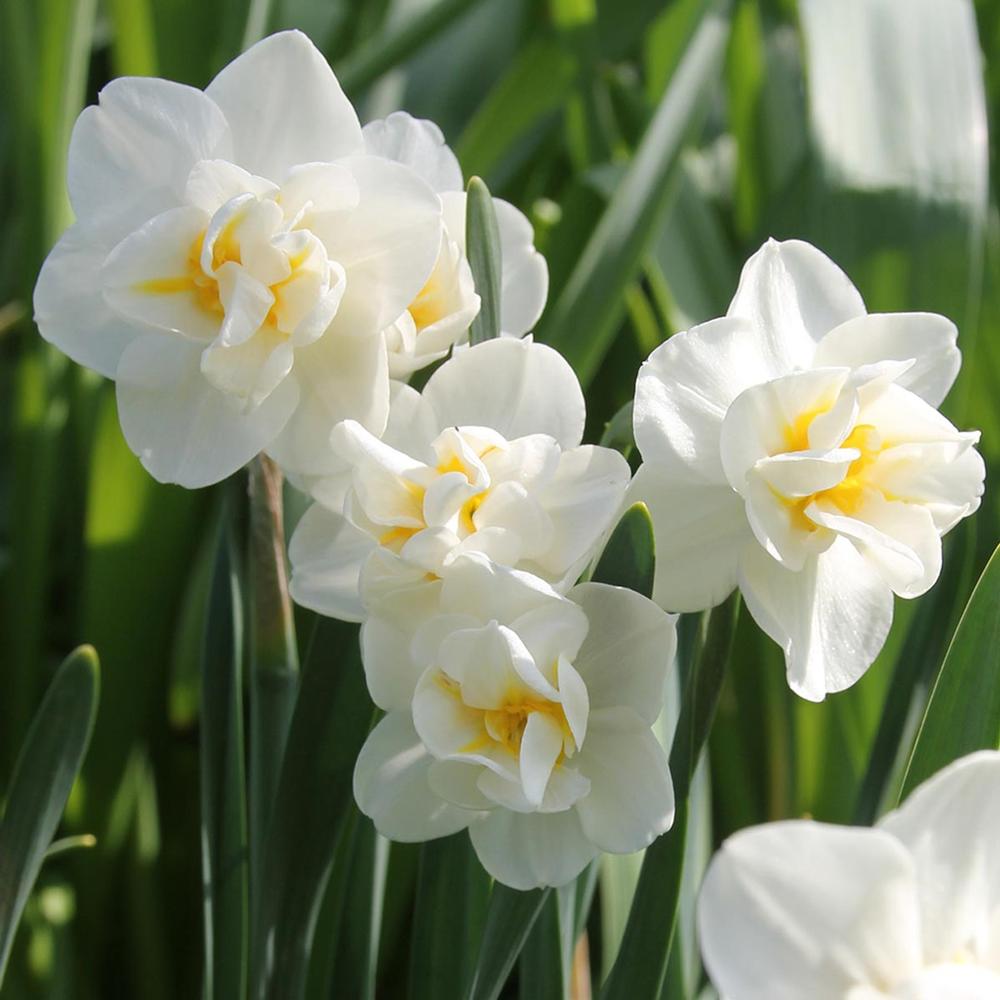
Most daffodils have a nice fragrance, especially when they have been warmed by the sun. But some varieties are well known for their fragrance. These include Poeticus daffodils such as Actea (shown above), plus most Tazetta and Jonquilla varieties such as Cheerfulness and Falconet.
Daffodil stems release a clear sap that can make other flowers wilt. If you want to mix daffodils in a vase with tulips and other spring flowers, put the daffodil stems in a separate container of water for at least 2 hours before adding them to the mixed arrangement.
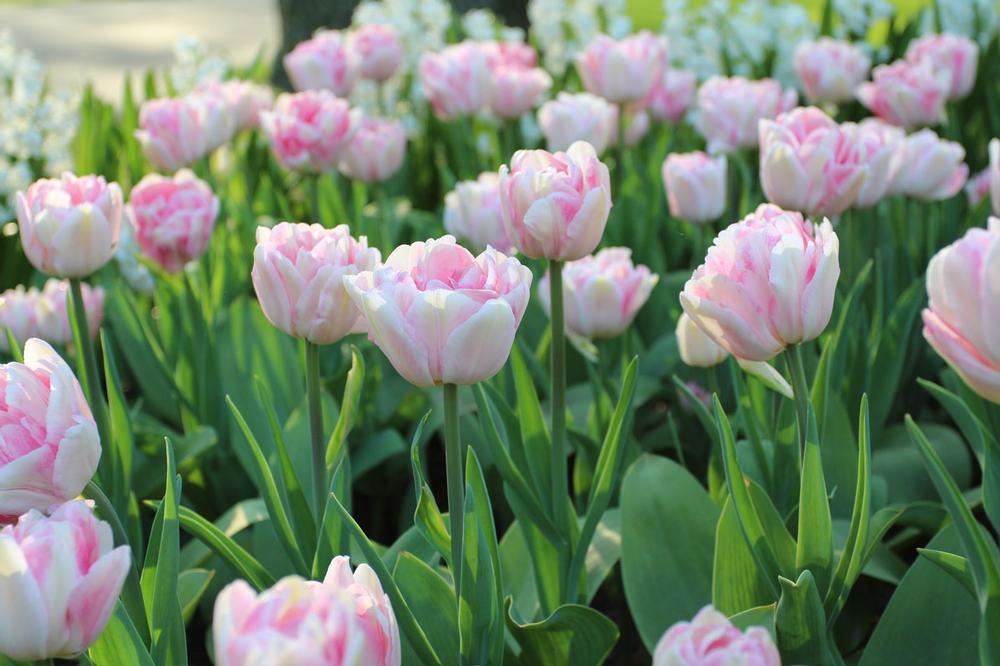
Tulips last a long time in a vase, and it’s fun to watch the blossoms change as they mature. Not all tulip varieties are fragrant, though most have a light, sweet perfume. Tulips that are known for their fragrance include Monsella, Foxtrot, Angelique (shown above), Upstar, Creme Upstar, Mount Tacoma, Princess Irene, Red Princess, Daydream, Oxford, Oxford Elite and Ad Rem.
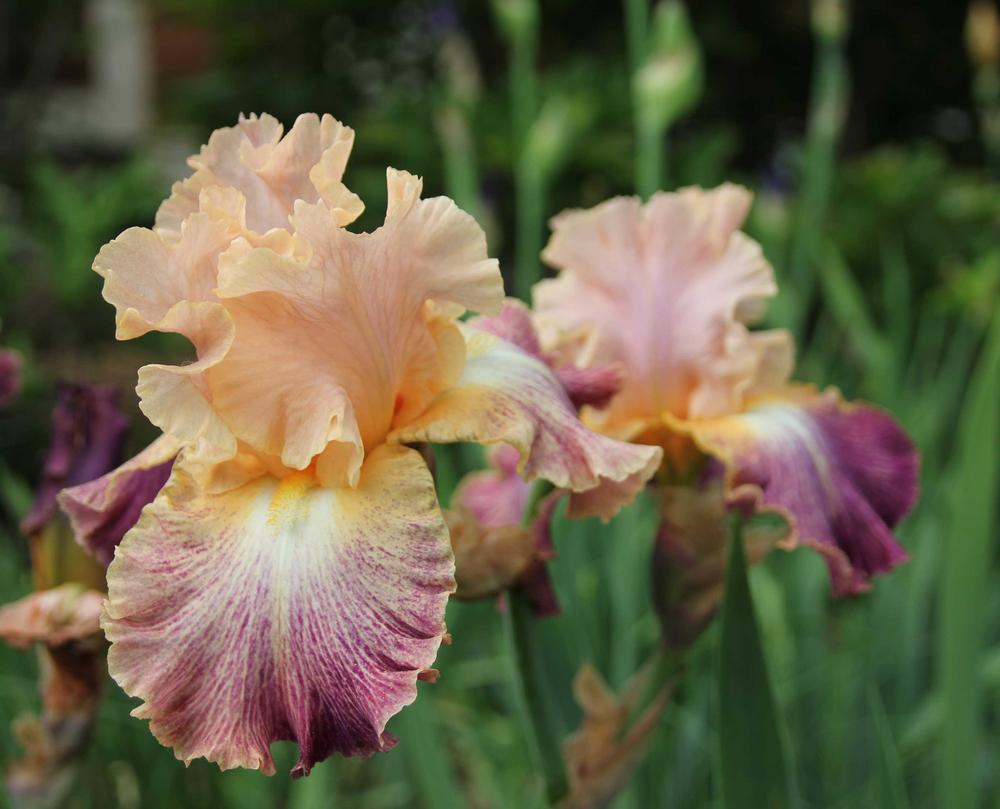
All types of bearded iris are fragrant, including tall, dwarf and intermediate sizes. Each color has a unique perfume; some are fruity and others are more floral. Iris are excellent cut flowers. Individual blossoms may only last a day or two, but each stem has multiple buds. Snip off spent blossoms and recut the stem every few days to extend the show.
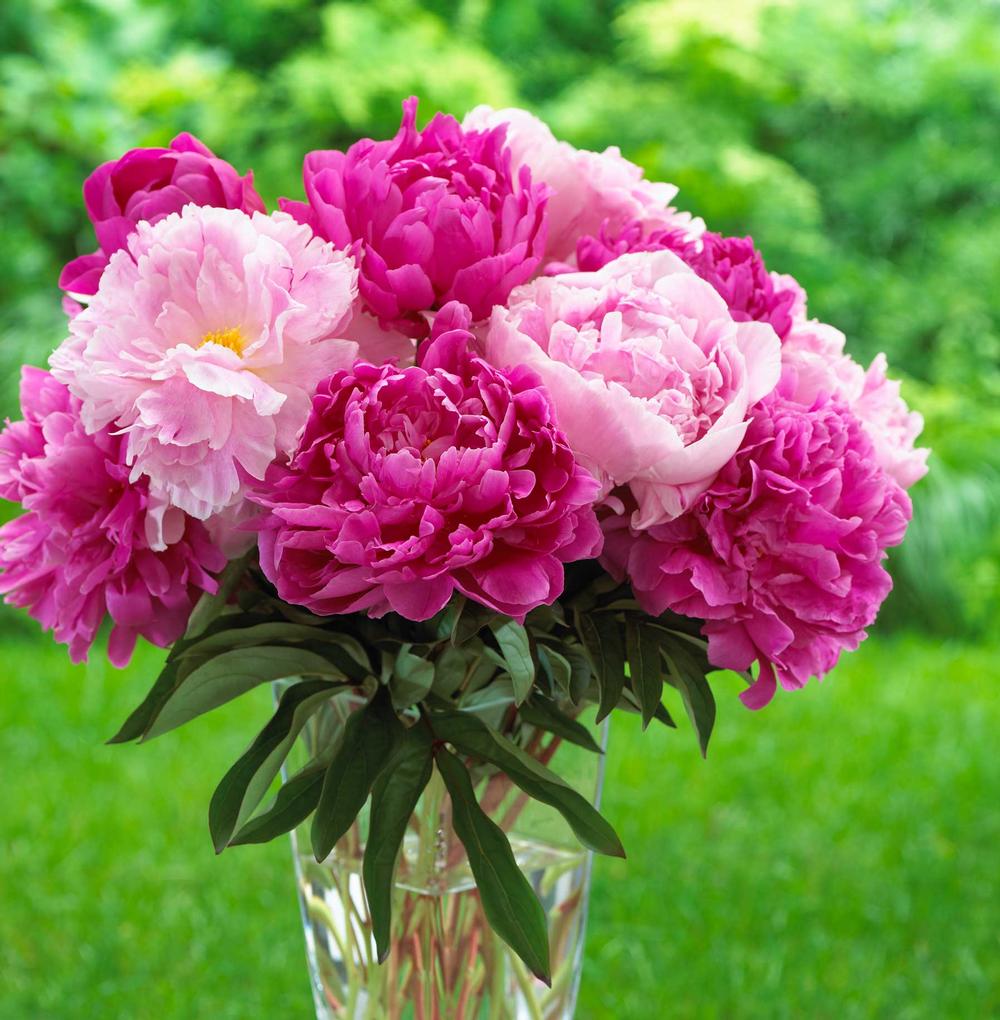
Peonies are made for cutting. The flowers are so large, that it takes just a couple stems to fill a vase. The glossy, dark green foliage is the perfect foil for the blossoms, and the perfectly round buds add even more texture and interest. Double peonies tend to be the most fragrant. Look for fragrant heirloom varieties such as Sarah Bernhardt, Felix Crousse, Festiva Maxima, Duchess de Nemours and Dinner Plate.
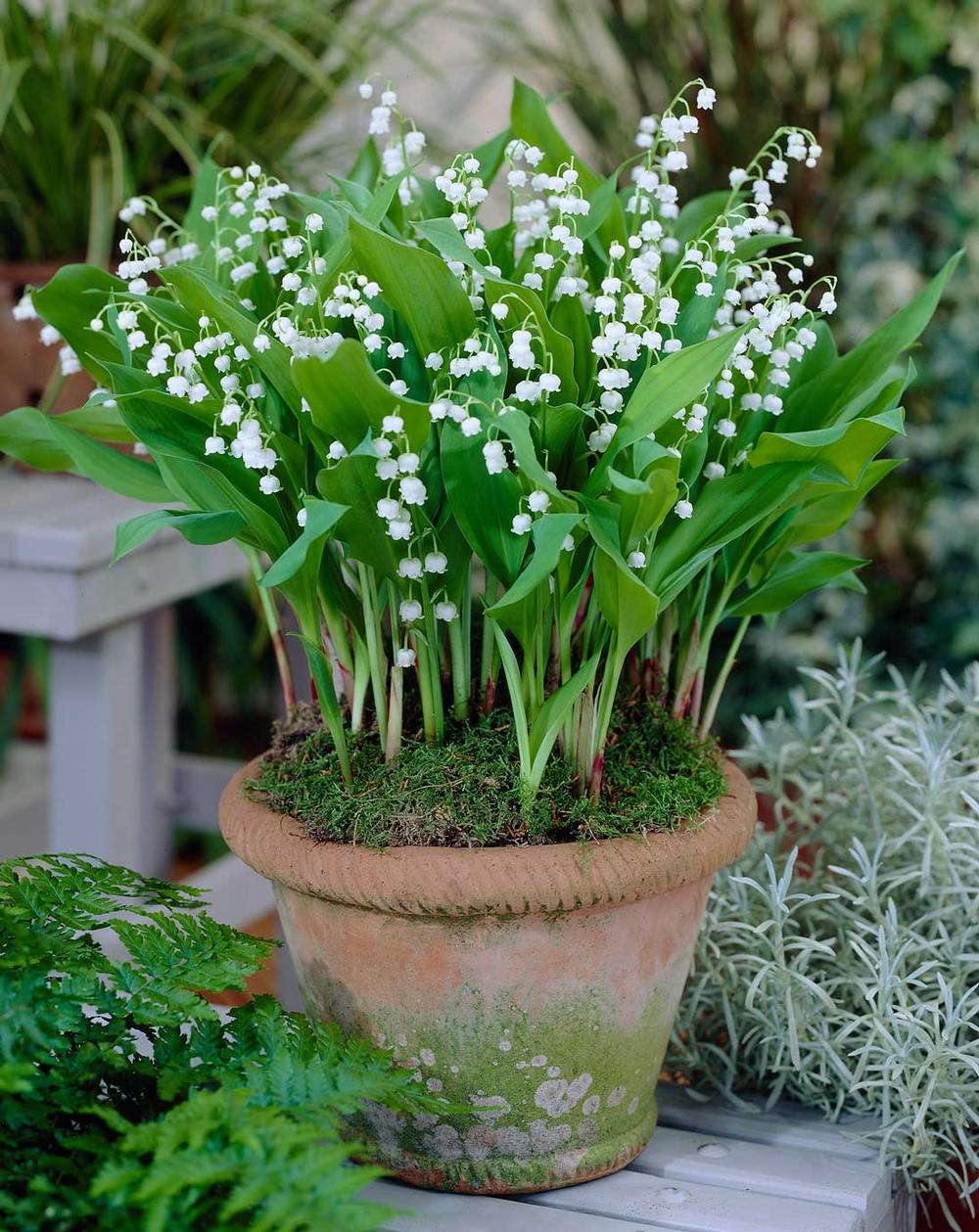
Lily of the valley is a vigorous groundcover that flowers in early spring. Waxy white bells dangle from straight, stiff stems that are ideal for cutting. To create miniature bouquets or fragrant spring nosegays, combine lily of the valley with primroses, muscari, scilla, violets and fritillaria meleagris.
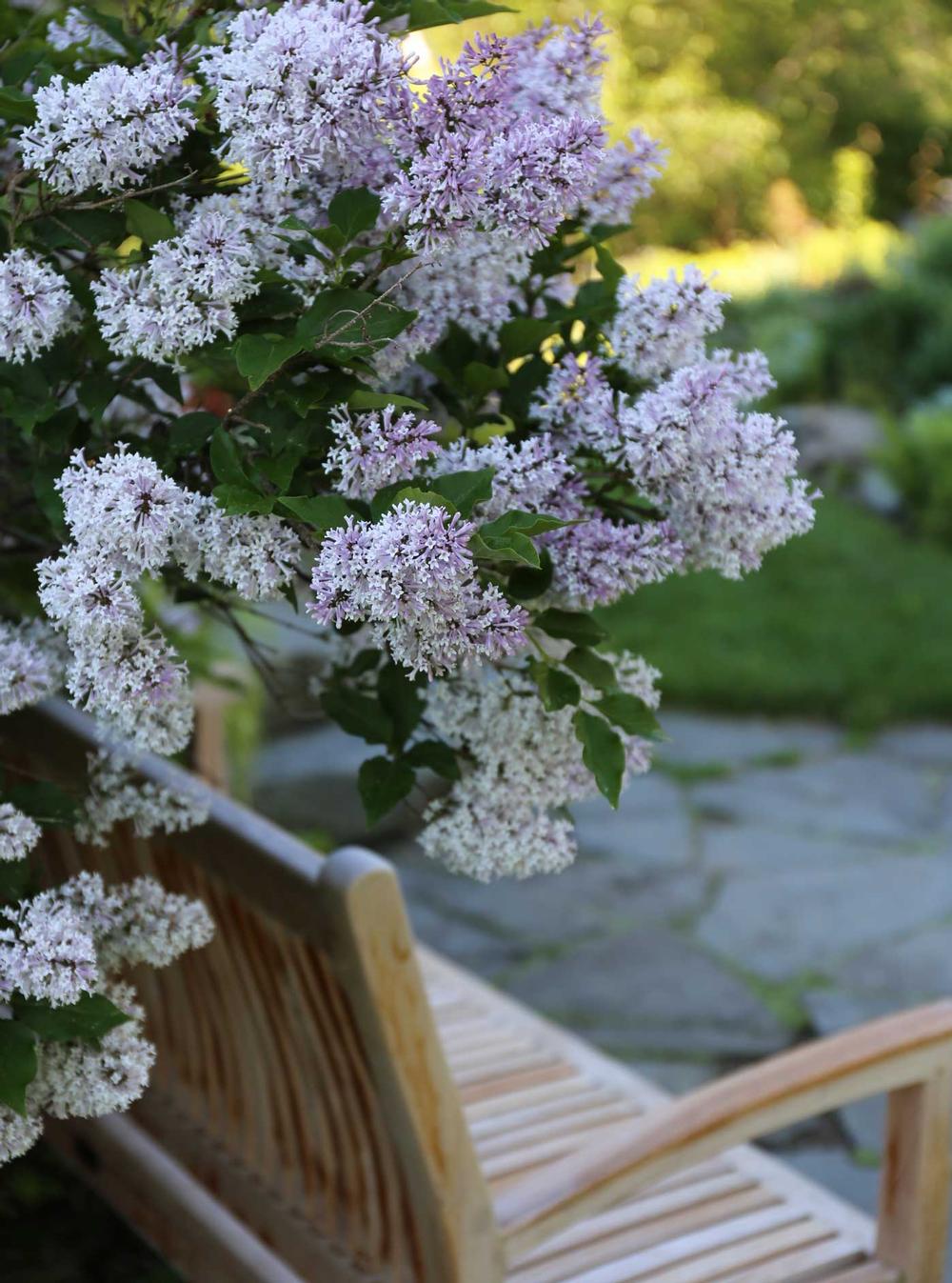
Large-scale bouquets, like the ones you see in the lobbies of museums, hotels and upscale restaurants, often feature flowering branches. In a vase on their own or combined with other flowers, they add height, volume and drama. To have your own supply of fragrant shrubs for cutting, consider planting lilacs, mock orange, daphne, viburnum, wisteria, gardenia, azaleas and summersweet.

Few flowers have a more devoted following than sweet peas. These annual, cool weather climbers bloom in late spring or early summer. Though all sweet peas are wonderful cut flowers, some varieties are more fragrant than others. Seek out the ones that are known for their fragrance, such as Cupani, Painted Lady, Queen of the Night and April in Paris.

All members of the carnation family have a spicy, clove-like perfume and most are excellent cut flowers. They bloom from early to midsummer and grow best in well-drained soil. The best dianthus for bouquets are biennial Dianthus barbatus, better known as Sweet William (shown above) or one of the dozens of beautiful "cottage pinks" or "border pinks" such as Dianthus 'Doris', 'Helen' or 'Agatha'.

Lilies are ideal for bouquets because their stems are long, the flowers are big, and depending on the type, each stem can produce between 3 and 20 buds. Most lilies, including Oriental lilies, trumpet lilies. LA hybrids and Oriental-Trumpet lilies, are also intensely fragrant and their perfume will scent an entire room. Growing several different types and varieties of lilies will stretch the bloom time from summer to fall. Be sure to plant extra bulbs so you'll have plenty of stems to cut for bouquets.
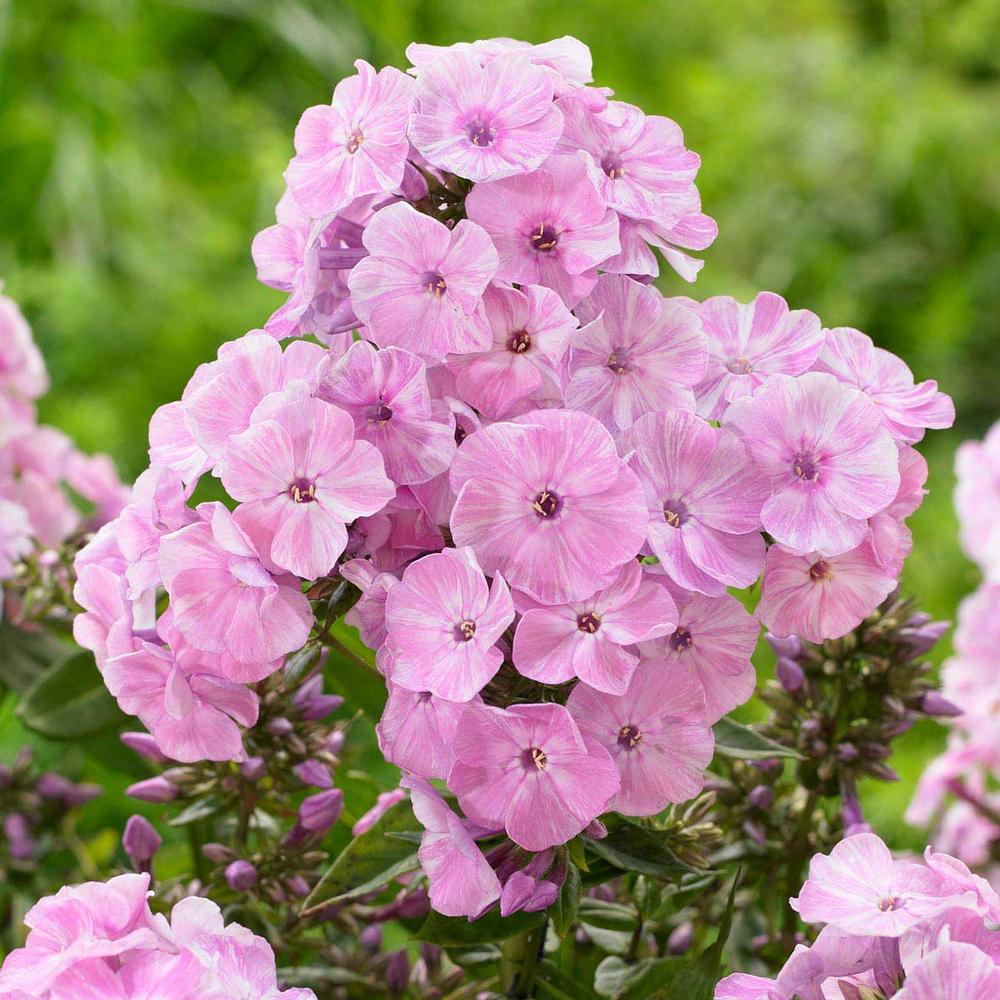
Garden phlox are hardy, sweetly scented perennials with a nostalgic charm and they are ideal for summer bouquets. They come in a wide range of colors and mix beautifully with annuals such as zinnias, asters, cosmo and snapdragons. Butterflies love garden phlox and are a common sight when phlox are in bloom. The variety David (shown above) is pure white; Laura is violet-blue with a white eye. You might also consider Alexandra, Nicky, Orange Perfection, Picasso and Neon Flare Blue.
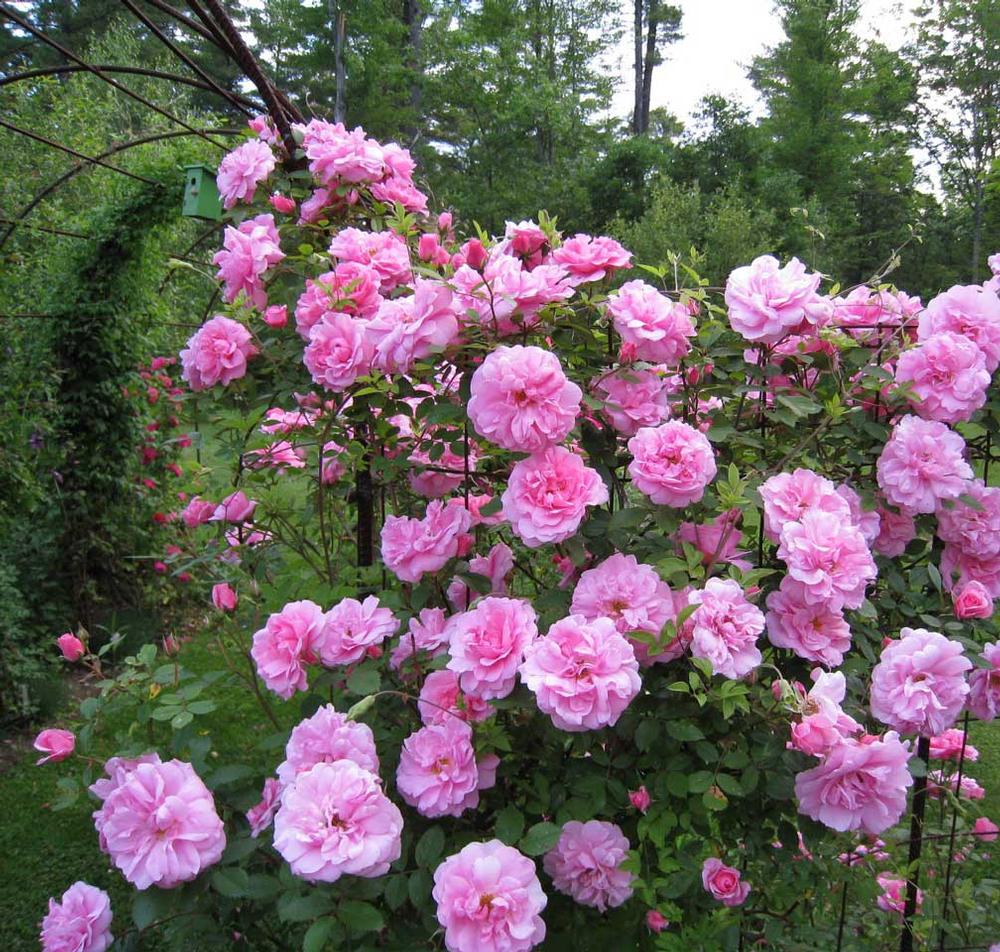
There are hundreds of varieties of roses, each with its own unique style and fragrance. You can choose from climbers, shrub roses, ground cover roses and hybrid teas. Many of the most fragrant varieties are shrub roses that have been grown for generations, such as Gertrude Jekyll, Abraham Darby, Jude the Obscure and Konigen von Danemark. To extend the vase life of a rose, cut the stems at an angle with a sharp knife and put them in water immediately.
To learn more, shop fragrant bulbs and perennials for spring or read How to Design a Fragrant Garden.


